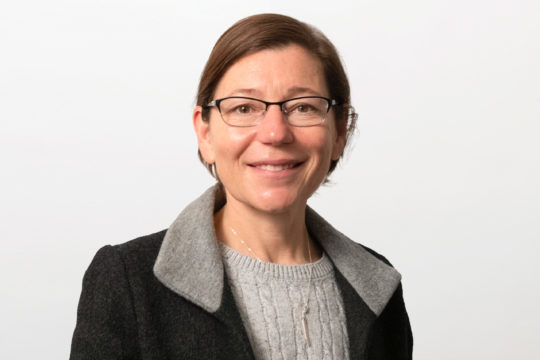Abnormal spinal cord motion at the craniocervical junction in hypermobile Ehlers-Danlos patients
Petra M. Klinge MD, Abigail McElroy DVM, John E. Donahue MD, Thomas Brinker MD, Ziya L. Gokaslan MD, and Michael D. Beland MD

OBJECTIVE
The craniocervical junction (CCJ) is anatomically complex and comprises multiple joints that allow for wide head and neck movements. The thecal sac must adjust to such movements. Accordingly, the thecal sac is not rigidly attached to the bony spinal canal but instead tethered by fibrous suspension ligaments, including myodural bridges (MDBs). The authors hypothesized that pathological spinal cord motion is due to the laxity of such suspension bands in patients with connective tissue disorders, e.g., hypermobile Ehlers-Danlos syndrome (EDS).
METHODS
The ultrastructure of MDBs that were intraoperatively harvested from patients with Chiari malformation was investigated with transmission electron microscopy, and 8 patients with EDS were compared with 8 patients without EDS. MRI was used to exclude patients with EDS and craniocervical instability (CCI). Real-time ultrasound was used to compare the spinal cord at C1–2 of 20 patients with EDS with those of 18 healthy control participants.
RESULTS
The ultrastructural damage of the collagen fibrils of the MDBs was distinct in patients with EDS, indicating a pathological mechanical laxity. In patients with EDS, ultrasound revealed increased cardiac pulsatory motion and irregular displacement of the spinal cord during head movements.
CONCLUSIONS
Laxity of spinal cord suspension ligaments and the associated spinal cord motion disorder are possible pathogenic factors for chronic neck pain and headache in patients with EDS but without radiologically proven CCI.
Read the full article in Journal of Neurosurgery Volume 35: Issue 1 Here



